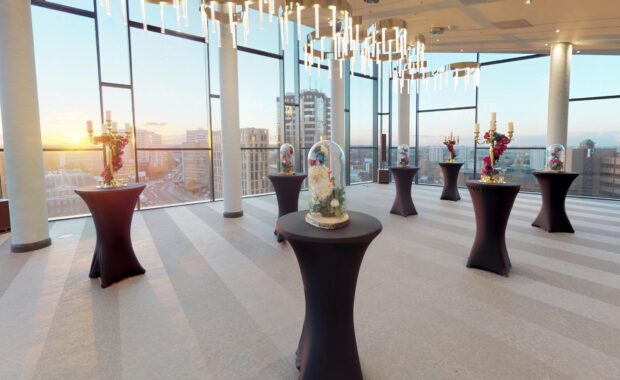Corporate and business meetings are a brilliant way to communicate and address issues that affect your businesses operations and productivity and get to know stakeholders. Whether the reason behind the meeting are positive or negative, administering a successful business meeting can be quite challenging, as many things need to be taken into consideration for a seamless event.
1. Structure your Meeting Agenda
There is nothing more frustrating and unproductive than going to a meeting with no clear objective or agenda.
Before even starting your meeting, you should have a clear aim of what you want to achieve with this meeting, and what your ideal outcomes and action should be. Are you trying to come up with fresh ideas or solve a problem? Is it for negotiation purposes?
Outline your agenda from the very beginning and stick to it, otherwise the discussion will go off topic and an outcome will not be reached.
2. Schedule Your Meeting & Invite Guests
Once the objective of the meeting has been found, the process of deciding who should attend is much easier. However, trying to find out everyone’s availabilities can be challenging.
This can be done through group posts, emails and through online tools such as Doodle or Google Calendar. Once this is done, you will then be able to book a room for the required amount of attendees, and start thinking about refreshments, snacks, stationery and technological needs.
3. Book a Meeting Room & Location
Now that you have an idea of how many people are attending, you can find a meeting location and book a meeting room based on your capacity requirements.
First things first, is the location of the room accessible?
If people have to travel there, is parking provided?
The size of the room is also important. If it is too big, it will look empty and may cause distraction. If it is too small then you’ll be playing human tetris.
Does your desired venue have the right equipment?
If your meeting will be more than two hours, will refreshments be provided?
Does your chosen venue has any business packages?
Ventilation and heating are also important attributes to a successful business meeting, notably during winter and summer months.
4. Source the Correct Equipment
Meeting invitations have been sent, the date has been confirmed and the room is booked. Now it is time to create a checklist of equipment that you need, and then source it. Some venues will provide everything from HDMI cables to sound equipment, screens and projectors, and others will provide boards and some furniture.
Think about everything you’ll need from adapters to notepads. If you are using any new software then it is worth giving it a test run. There’s no such thing as being too prepared, yet too often meetings are delays due to technical issues. Which you don’t want happening.
5. Arrive Early to Set-up the Room & Test Equipment
Arrive a minimum of 30 minutes early to give yourself time to prepare and set up.
Leaving everything last minute will cause you to panic and stress, therefore ruining the tone of the meeting. There is nothing more frustrating than a meeting starting late, so give yourself those extra 10 minutes to find that missing USB stick and ensure your laptop connects to the projector.
If you have any enquiries about our board & meeting room sizes or would like to book your business meeting or corporate event at Park Regis Birmingham, get in contact.





